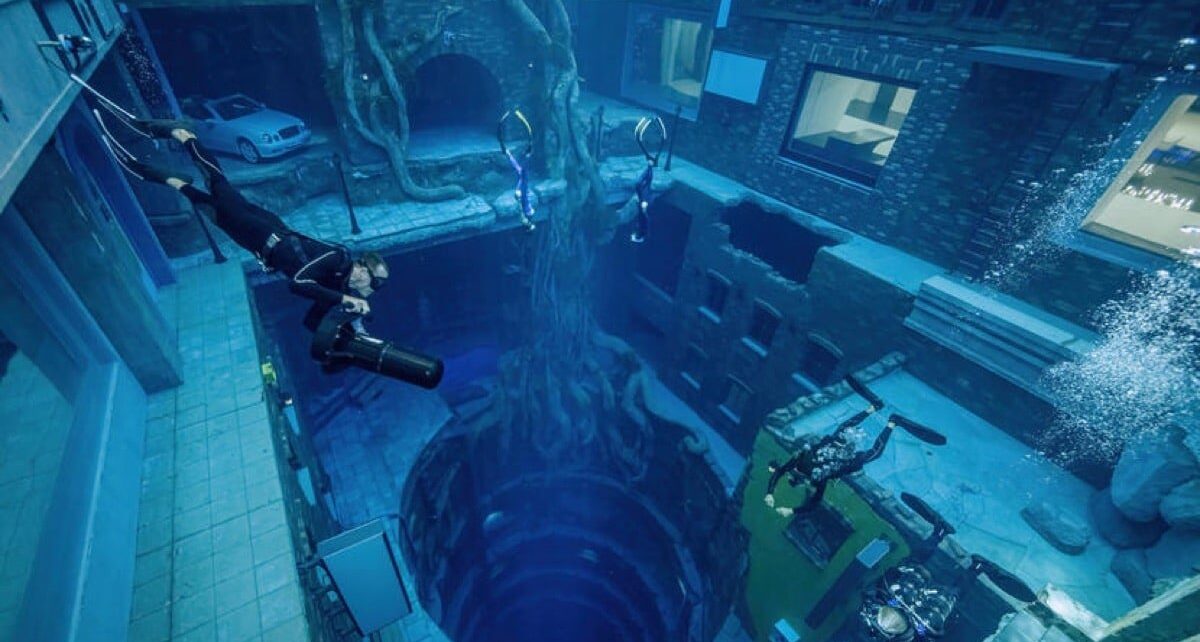The deepest swimming pool in the world for diving has opened in Dubai. With a staggering depth of 196 feet (60 metres), the pool is part of the new Deep Dive Dubai tourist attraction in a city that already houses the world’s tallest building and the world’s largest mall.
The buzz around the swimming pool – which also features an astonishing ‘sunken city’ – only grew when the crown prince of Dubai, Sheikh Hamdan bin Mohammed bin Rashid Al Maktoum, shared a video of the pool on Twitter.
On June 27, Guinness World Records certified the pool as “the deepest swimming pool for diving.”
“The Pearl Diving Pool is a facility of approximately 5,000m2 gross floor area constructed for His Highness Sheikh Hamdan bin Mohammed bin Rashid al Maktoum. It will primarily be an indoor scuba diving facility for training and recreational purposes, with facilities for education, training and recreation,” Guinness said in its statement.
According to the website, the pool, which is a concrete structure including a circular shaft constructed with a depth of 60.02 meters, provides different themes at various levels. It also showcases props to enhance the diving experience. The indoor pool is housed inside an oyster-shaped structure that is 1,500-square-meter in size. While it was meant for private use earlier, it has now been opened to the public from the month of July.
Earlier, a 45.5-metre (150-foot) deep diving pool named Deepspot in Poland had earned the title of being the world’s deepest structure.
According to Deep Dive Dubai, the indoor pool is filled with 14 million liters of freshwater, the equivalent of six Olympic-sized swimming pools. Water temperature is maintained at 30 degrees Celsius.
There are 56 underwater cameras as well that cover all angles of the pool. To
make the diving experience even better, there are sound and mood lighting
systems also.
The statement also says, “The pool’s fresh water is filtered and circulated every six hours through siliceous volcanic rock, NASA-developed filter technology and UV radiation in one of the largest and fastest filter systems in the region.”



